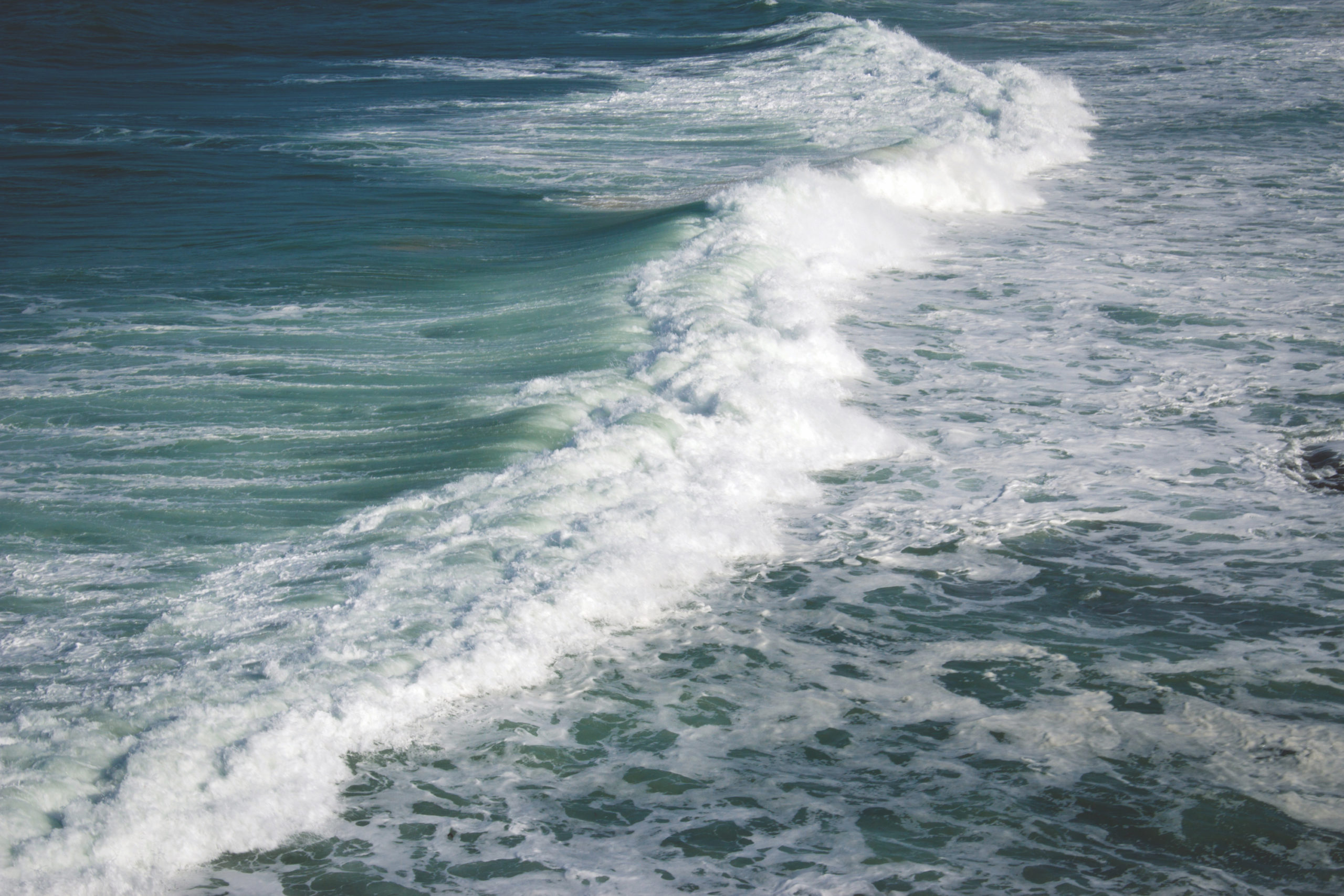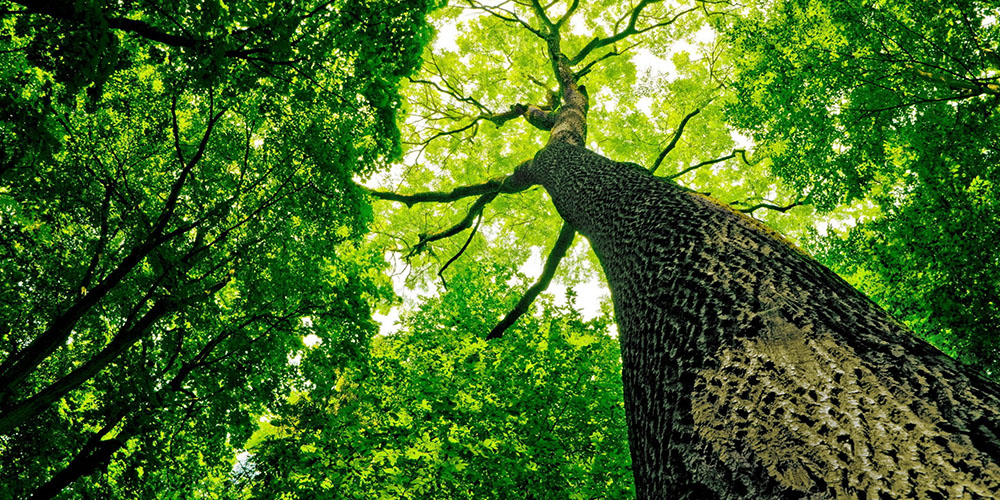Activity 86: Our Changing World
Patterns of change are evident in the Earth’s global systems, particularly as they relate to both energy and resources. To help students see how changing one aspect of our world affects others, students make a graphic organizer connecting natural resources, energy, and human activities. They also research a global issue, thereby gaining an understanding of some of the issues facing us today as a global society.
This is one of 96 activities that can be found in PLT’s PreK-8 Environmental Education Activity Guide. To get the activity, attend a training either in person or online and receive PLT’s PreK-8 Guide.
The PreK-8 Environmental Education Activity Guide is a supplementary curriculum that is multi-disciplinary, with an emphasis on science, reading, writing, mathematics, and social studies.
Each activity displays explicit connections to practices and concepts expected by the following national academic standards so teachers can easily see where the materials will fit into their lesson plans:
- Next Generation Science Standards (NGSS)
- Common Core Toolkit, includes
- English Language Arts (CCSS.ELA)
- Mathematics (CCSS.MATH)
- College, Career, and Civic Life Framework for Social Studies (C3)
Our professional development further demonstrates these connections, as well as to state and local standards, contact your state coordinator.
The Walking Fish
The Walking Fish Grades 6-8 ISBN-13: 978-0990782933 Tumblehome Learning, Inc., 2015 Recommended Reading Imagine you are in 7th Grade and plan to spend the summer with your parents at a cabin on the lake. Imagine you pack all your new fishing gear, a gift from Grandpa, only to find out the lake water is... Read more »
The Three Questions
The Three Questions Grades K to Grade 3 ISBN-10: 0439199964 Scholastic Press, 2002 Recommended Reading A young boy named Nikolai seeks the answers to three essential questions. He immediately turns to his three animal friends and asks them: When is the best time to do things? Who is the most important one? What is... Read more »
EE Resources
Earth Now
If your students have an Apple or Android device and are interested in Earth Science, Earth Now is a free, 3D app that displays real-time global satellite data of the planet. Students can view carbon dioxide conditions, gravity anomalies, ozone levels over Antarctica, and more. Find more science apps to use with your students in... Read more »
Forest Carbon
Use these Forest Carbon Cycle infographics developed by the U.S Forest Service that show how forests provide an important ecosystem service in the form of carbon sequestration—the uptake and storage of carbon in forests and wood products. Carbon sequestration is essential to reduce the impacts of greenhouse gas emissions and managing forest carbon is becoming more valuable... Read more »
Food and Climate Change
Understanding Food and Climate Change: An Interactive Guide uses video, photos, and hands-on experiences for educators and students to learn about how food and climate systems interact. Explore how personal choices about food can make a difference. Ideal for grades 6–12, with connections to Next Generation Science Standards and the National Curriculum Standards for Social Studies... Read more »
The Power of Trees
What would happen to humans if there were no more trees? How are trees linked to human health and wellbeing? How can we measure the benefits of trees to humans? In the video When Trees Disappear, People Die, students learn about research that deals directly with these questions.
Nature Works
Did you know that nature works to power the things you depend on every day such as your smartphone, refrigerator, and more! Thanks to energy from the earth we can power all these things. This 5-minute video from PBS Learning Media, Nature Works – To Make Clean Energy discusses sustainable energy sources. It also explains how... Read more »
Investigating Clouds
Learn more about how clouds form and the important role they play in determining the climate. Create clouds and use lasers to study a cloud in your classroom with Investigating Clouds, a hands-on activity from the Explore Science: Earth and Space toolkit. An accompanying Content Training Video and Activity Training Video will help you teach... Read more »
Animals at Risk from Climate Change Poster
This poster captures the complex interaction of biological traits and environmental conditions that cause a species to be susceptible to climate change. Thoroughly documented to studies from reliable sources, including the IUCN Climate Change Specialist Group, NASA, NOAA, the US EPA, and the IPCC, the poster features 25 animals that highlight the fundamental impacts of... Read more »
Greenland’s Petermann Ice Shelf
Take a journey to Greenland’s largest ice shelf, in this Washington Post article. Students can watch or read about a once-doubtful scientist whose first hand experiences changed his mind about the role of climate change in the global environment. Students can learn about climate research and the types of problems scientists see in the field.
Climate and Health
Developed over three years by experts in climate-change science and public health The Impacts of Climate Change on Human Health in the United States: A Scientific Assessment examines how climate change is a significant threat to our health.
Climate Science: Education and Stewardship Projects
The NOAA Planet Stewards Education Project (PSEP) provides formal and informal educators working with elementary through university age students with sustained professional development, collaborative tools, and support to build a climate-literate public actively engaged in climate stewardship. PSEP also provides support for educators to develop and execute climate stewardship projects with students to increase understanding... Read more »
The Story of Climate Change – Free Interactive Textbook for Grades 5-8
Earth Day Network has published The Story of Climate Change, an interactive, digital textbook for middle school students. Use this iTextbook with grades 5-8 to teach climate science through multimedia resources that allow students to explore videos, graphs, and animations of forests, coral reefs, and glaciers with a touch of the screen. The book is... Read more »
Carbon Cycle Activity
Carbon Cycle Activity (similar to “Water Wonders” Water Cycle activity) developed by Carlyn Nichols, PLT educator in Seward, Alaska. Helps relate the carbon cycle to climate change.
Climate Change around the World
An article in BBC News that discusses impacts of global warming in countries around the world and in major sectors of society: health, water, food, ecosystems, coasts, and industry.
Earth from Space
This Smithsonian Institution website provides students (and teachers!) access to views of conditions and events on earth that are nearly impossible to document from the Earth’s surface. The site proves interactive; explaining how satellite imagery is gathered and used to better understand the world around us.
Zero Carbon
A free app that can be downloaded for Apple devices. Zero Carbon can calculate an individual’s carbon footprint by looking at a person’s daily habits. Once you know the amount of greenhouse gases your lifestyle is producing, this app offers tips on reducing that number. Zero Carbon also shows how your statistics stack up against world... Read more »
Renewable Energy Documentary: Unlimited
Unlimited, a documentary by OneLight OneCamera Productions about renewable energy, highlights a group of passionate sixth-graders who call on adults everywhere to take action and address global warming. Their voices are supported by those of global warming and energy experts, who discuss upcoming and promising technologies like solar, wind, tidal power, and more. To purchase... Read more »
The Anthropocene—Human Impact on the Environment Poster
An epoch is one of the smaller divisions of geologic time. Our current epoch, the Holocene, began about 11,600 years ago. There is evidence that we are entering a new epoch that could be named the Anthropocene because it is marked by extensive human impacts on the environment. This free, downloadable poster explores evidence that... Read more »
Energy Literacy Videos from DOE
Energy is an abstract and important concept that concerns all things on earth and plays a role in many natural and social science processes. Uncover the power of understanding energy by watching the Department of Energy’s (DOE) Seven Principles of Energy Literacy video series. This series breaks down key information about energy’s functions including flow,... Read more »
Energy Zones Mapping Tool
The Energy Zones Mapping Tool is a free online database that allows users to map existing and potential energy resources in the 39 easternmost states. Users can run site-suitability analyses for a variety of renewable energy sources, including biomass, solar, water, wind, natural gas, geothermal, and nuclear power. Regional, custom maps of existing energy resources... Read more »
The Boom – Text on Fracking
Are you looking for support in investigating fracking and other energy issues with high school students? Russell Gold, senior energy reporter for the Wall Street Journal, chronicles the history and rise of the fracking industry in his 2014 book, The Boom. This informational text delves into the pros and cons of the controversial energy extraction... Read more »
Login to download supporting materials such as appendices and teaching tips.
Login
 Get this Guide
Get this Guide
 Find Training
Find Training


